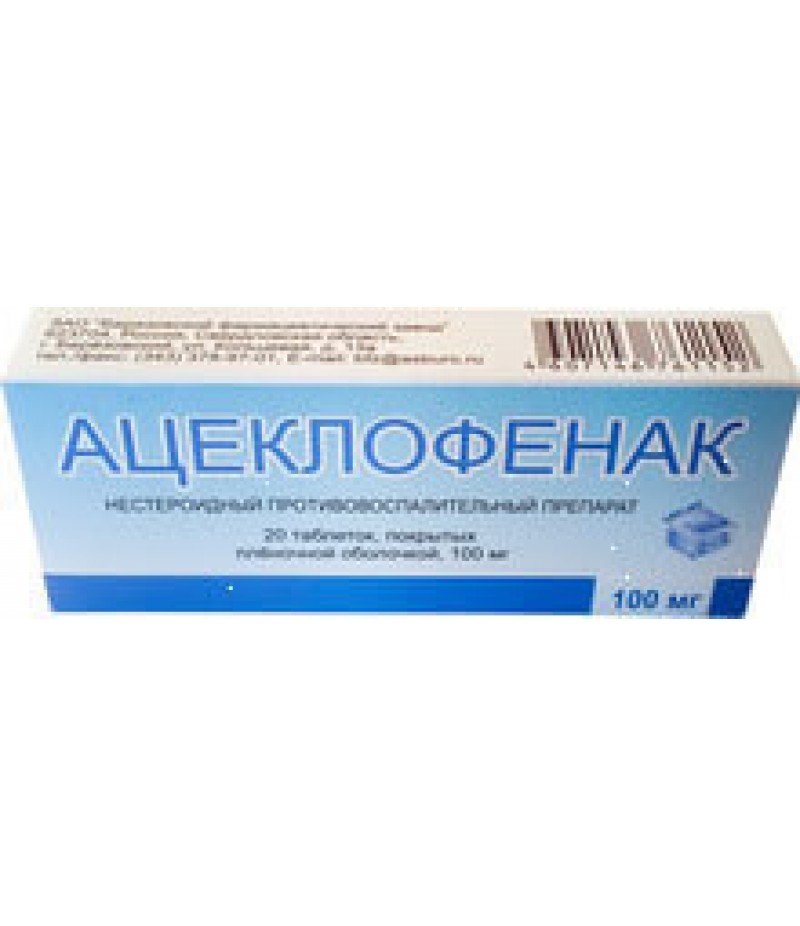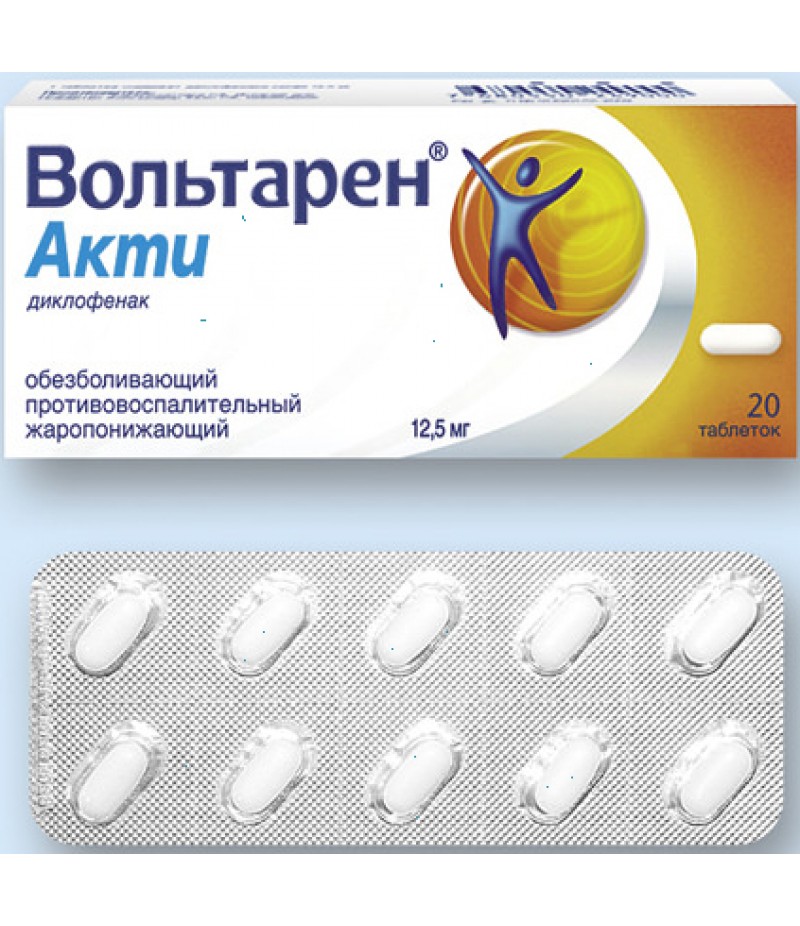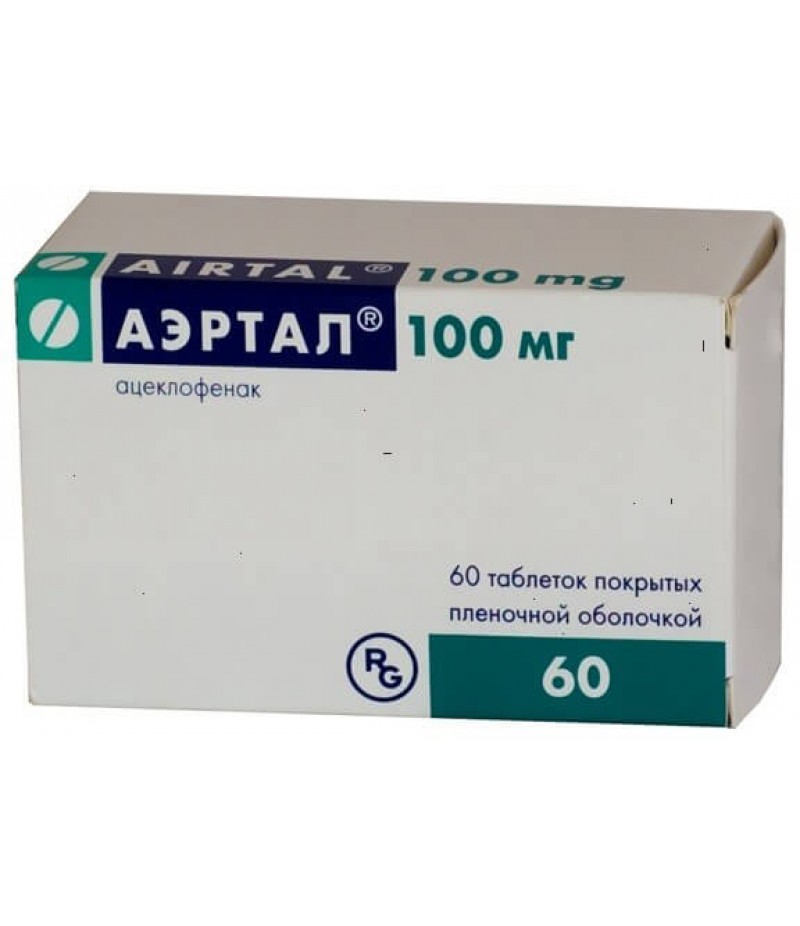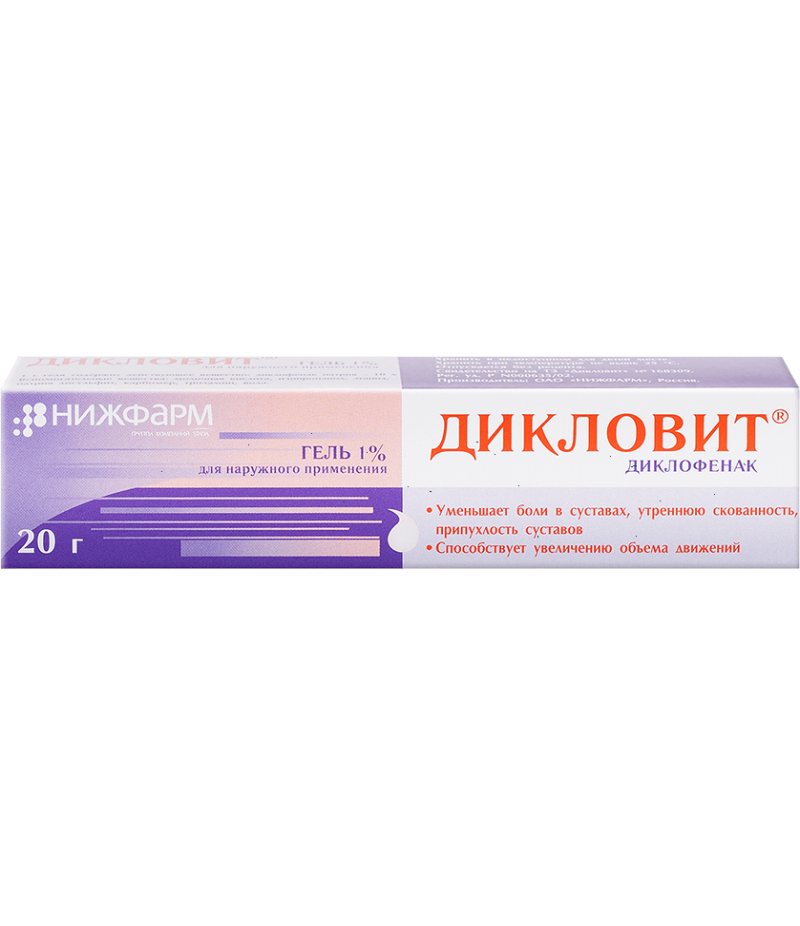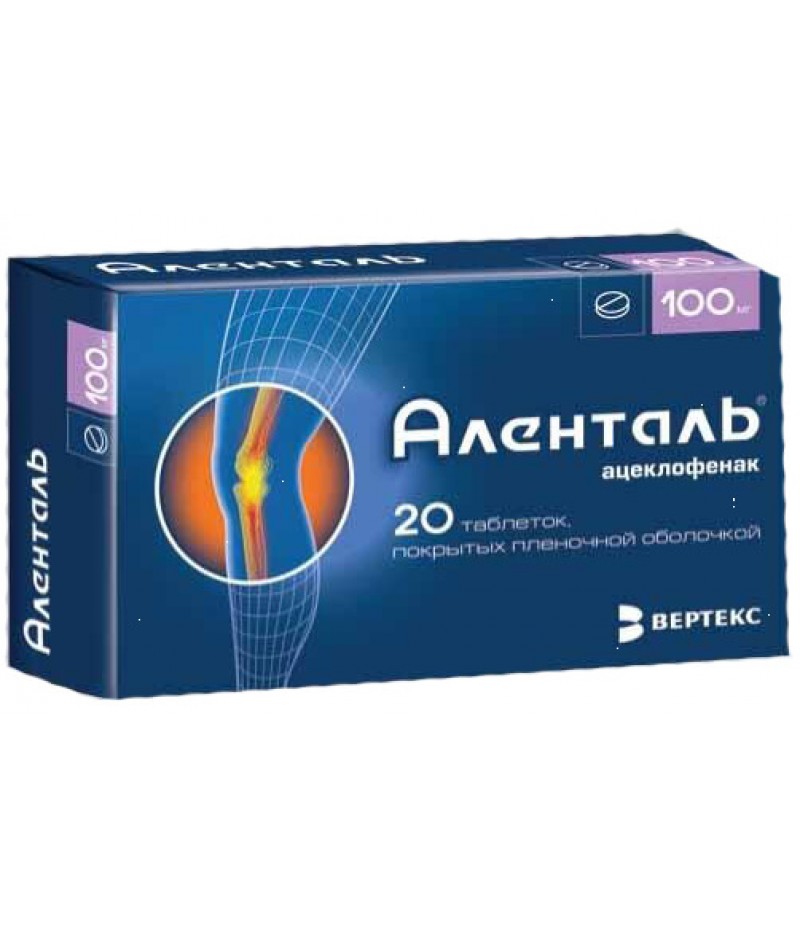Aceclofenac tabs 100mg #20
- $7.19
- 3 or more $6.99
- Availability:In Stock
Aceclofenac user manualReed more and buy Aceclofenac hereChemical propertiesAceclofenac - a substance derived from acetic acid, is a non-steroidal anti-inflammatory drug. The medicine is released in the form of tablets, most often..
Tags: tabs
Aceclofenac user manual
Reed more and buy Aceclofenac here
Chemical properties
Aceclofenac - a substance derived from acetic acid, is a non-steroidal anti-inflammatory drug. The medicine is released in the form of tablets, most often coated with a film shell or as part of an ointment for external use.
pharmachologic effect
Anesthetic, antipyretic, anti-inflammatory.
Pharmacodynamics and pharmacokinetics
The agent does not selectively suppress the work of COX1 and COX2 thus inhibiting the synthesis of prostaglandins. As a result, the inflammation decreases significantly, the body temperature normalizes, anesthesia occurs.
After taking the tablets, the medicine is quickly absorbed into the digestive tract and enters the systemic circulation. The product has a large bioavailability. The maximum concentration in the blood plasma can be observed after only 1.5 -3 hours. Parallel intake of food does not affect the degree of digestibility of the drug, but somewhat slows down the absorption process.
The degree of binding to blood proteins is high - about 99%. The substance is able to penetrate the synovial fluid (concentration in the synovial fluid is 60%). The volume of distribution of the funds is 30 liters.
Metabolism of the drug occurs with the participation of the isoenzyme CYP2C9, then a metabolite 4-OH-aceclofenac (inactive) is formed. Half-life of the drug is approximately 4 hours. The drug is excreted mainly in the form of metabolites with the kidneys and slightly - unchanged.
Indications for use
The drug is prescribed:
in the complex treatment of inflammatory diseases of the musculoskeletal system (osteoarthritis, rheumatoid, psoriatic and juvenile arthritis, donation, ankylosing spondylitis or spondylitis);
for relief of pain syndrome and inflammation in rheumatism, toothache, and humeropathy periarthritis.
The use of Aceclofenac is not capable of completely curing these diseases, but it quickly reduces inflammation and pain.
Contraindications
The medicine is contraindicated:
with allergy to the active substance;
patients with ulcers and erosions in the digestive tract, during an exacerbation;
with Crohn's disease and ulcerative colitis;
if there is a suspicion of bleeding from the gastrointestinal tract;
with severe liver disease and liver failure;
pregnant women;
patients with impaired hematopoiesis or bleeding disorders;
during lactation;
with renal failure, hyperkalemia, progressive kidney disease;
children under 18;
in the recovery period after aortocoronary bypass surgery;
with the "aspirin triad";
persons suffering from severe heart failure.
Caution should be observed:
with diseases of the kidneys, gastrointestinal tract and liver of moderate and mild severity;
if the patient has a bacterium Helicobacter in the gastrointestinal tract;
with bronchial asthma;
people with low blood pressure;
after extensive operations, if the volume of circulating blood is reduced;
with ischemia;
older persons;
patients with cerebrovascular disease;
with diabetes mellitus;
after prolonged treatment with NSAIDs;
alcoholics and smokers;
at severe somatic diseases;
patients with hemostasis defects;
with systemic lupus erythematosus;
in combination with anticoagulants, serotonin reuptake inhibitors, antiaggregants.
Ointment or cream should not be applied to damaged skin.
Side effects
During treatment with Aceclofenac, the following are often observed:
dizziness, nausea, abnormalities in the work of the gastrointestinal tract, abdominal pain, indigestion, diarrhea;
an increase in the activity of liver enzymes, allergic reactions in the form of rashes on the skin and itching.
Less developed:
anemia, anaphylactic reactions, decreased visual acuity;
increased blood pressure, heart failure, dyspnea;
increase in the concentration of creatinine and urea in the blood;
constipation, ulcers in the oral cavity, increased gas formation, gastritis, vomiting;
stomach ulcer, melena, hemorrhoids;
dermatitis, itching, angioedema, hives.
Very rarely arise:
muscle spasms, weakness and fatigue, weight gain, hyperkalemia, eczema;
renal failure, nephrotic syndrome, nephritis;
purpura, Stevens-Johnson syndrome, soft tissue infections against chicken pox, toxic epidermal necrolysis;
granulocytopenia, neutropenia, disturbance of hemopoiesis processes, thrombocytopenia, hemolytic anemia;
depression, bright dreams and nightmares, sleep disorders, vertigo, vasculitis;
tremor, perversion of taste sensations, drowsiness, paresthesia, tinnitus;
perforation of the intestine, pancreatitis, ulcerative colitis, vomiting with blood;
hyperemia of the skin, hot flashes, tachycardia;
bronchospasm, stomatitis, hepatitis.
Aceclofenac, instructions for use (Method and dosage)
Tablets are administered orally. Depending on the disease and age of the patient prescribed from 100 to 200 mg of the drug per day. 100 mg at a time, whole, without separating or chewing, with plenty of liquid.
Outwardly. The substance in the composition of ointment or cream is applied a thin layer on the inflammation area 3 times a day. After using the drug, it is recommended to wash your hands thoroughly with soap and do not allow any contact with the eyes.
Overdose
There have been no cases of drug overdose in humans.
Symptoms of overdose are: headaches, cramps, vomiting, abdominal pain, nausea, dizziness. As therapy, enterosorbents are used, the stomach is washed, symptomatic treatment is performed. The drug does not have a specific antidote, hemodialysis and forced diuresis are ineffective.
Interaction
Anticoagulants combined with tablets increase the risk of bleeding. During treatment it is recommended to periodically check the coagulability of blood.
Tablets Aceclofenac increase the plasma concentration of digoxin, phenytoin, drugs based on lithium.
The substance when combined with antihypertensive agents and diuretics reduces the effectiveness of the latter.
The combination of the drug with potassium-sparing diuretics increases the likelihood of hyperkalemia.
With caution, you should combine the drug with NSAIDs and glucocorticosteroids, the drug increases the toxicity of methotrexate and cyclosporine.
Aspirin reduces the plasma concentration of Aceclofenac.
The combination of the drug with hypoglycemic drugs requires constant monitoring of blood glucose levels.
Terms of sale
You don't need a prescription to buy Aceclofenac.
Storage conditions
Tablets are stored in a cool, dark place, away from children.
Shelf life - 3 years.
special instructions
As precautionary measures during the treatment with the drug, it is recommended to use the minimum effective and active dosages. Also, periodic monitoring of liver and kidney function, a picture of peripheral blood, feces (absence of blood), and the cardiovascular system are also shown.
During treatment, you can not drive a car or carry out potentially dangerous activities.
The risk of allergy or skin reactions is higher in the first months of taking the medication. If there are damage to the oral mucosa, rashes on the skin, other signs of allergy, then therapy must be interrupted.
The process of platelet suppression during treatment with the drug is reversible, the blood composition is normalized after a while after the drug is withdrawn.
Children
This substance is contraindicated in admission to persons under the age of 18 years.
The elderly
Carrying out Aceclofenac therapy in elderly patients requires extreme caution.
In pregnancy and lactation
Absolute contraindication to the use of the drug is the 3 trimester of pregnancy.
In the first and second trimesters and during lactation, special care must be taken. The medicine can be prescribed by a doctor in case of acute necessity.
Reviews about Aceclofenac
Reviews about the drug are mostly good. It removes inflammation and anaesthetizes with arthritis, toothache, rheumatism and intercostal neuralgia. However, the drug does not help everyone. There are reports of a lack or inadequacy of the effect of taking tablets. Also, side reactions from the digestive tract, drowsiness and general weakness often develop.

